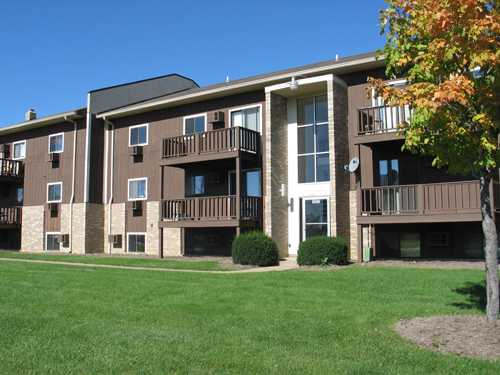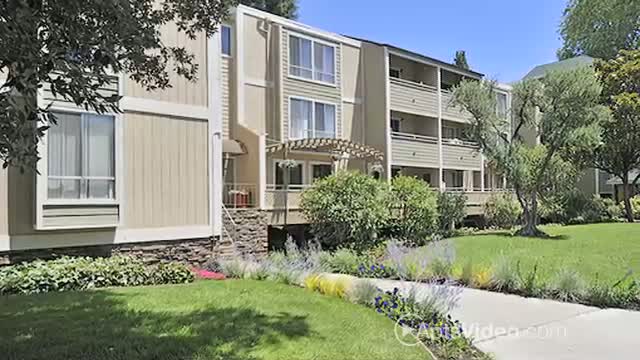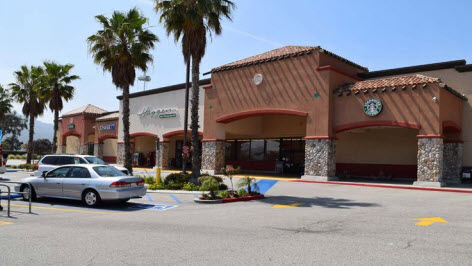
by Gagner | Aug 8, 2015 | Commercial Real estate investing, Uncategorized
Financing Commercial Properties In part 4 of our commercial real estate series, we reviewed the basics on how to analyze deals, and now we will discuss how to structure financing. To create a credible offer, you must have a financial plan in place and be ready to articulate that to the seller. In today’s hyper competitive real estate environment, the strongest offer is often the one that has the best financing plan. We recommend you get the financing question figured out before writing any LOI’s. Commercial properties (including multi-family) are typically financed with commercial loans. The exception is multi-family 2-4 unit properties, which can be financed with conventional personal financing (30 year fixed mortgages). Commercial loans are typically shorter terms with balloon payments and pre-payment penalties. A lender that is providing a commercial loan looks to both the performance of the asset itself and the borrower’s credentials (ie net worth, liquidity, and experience). We’ll discuss that in detail below. In most cases, we recommend using a loan broker to obtain the best financing options. A well-positioned broker can help you navigate the many available financing options and overcome the obstacles that are often present in commercial deals. Just like finding other team members, the best way to find a competent broker is to ask other experienced investors for referrals. The next step is to interview these brokers and make a determination which one is the best fit for you and your situation. Once you have selected a broker, they will tell you exactly what is needed to obtain a successful loan. In considering how to structure a deal, the...

by Gagner | Jul 6, 2015 | Commercial Real estate investing
Analyzing commercial properties If you have been following our series and taking action, there should be a consistent flow of property deals now coming across your desk. In this part 4 of our commercial real estate series, we will share how to analyze these properties you are finding. The key is to become efficient and effective at quickly screening the good deals from the bad ones AND looking for clues that provide an opportunity to add value. In some respects, this is a numbers game, and there will be many more bad deals than good ones coming your way. Last, the more deals you analyze, the better and faster you will get at screening them. So let’s jump in. At the heart of it, any multi-family or commercial property should be viewed as a business. There is income generated from rents, as well as expenses that you will have for managing and maintaining the property. What is left over after your expenses represents the net operating income. To compare “similar” properties, we look at their cap rates (capitalization rates), which are basically the unleveraged yields the properties provide relative to their values. Simply put, the value of a property is equal to the net operating income (ie gross income, less expenses) divided by the cap rate. Net operating income is generally provided in the property packages you receive from brokers. The cap rate that will define whether a deal is worth pursuing further is based on many factors, including property type, quality/age (A,B,C,D) and location. Let’s dig in deeper. When you look at a property’s income statement, you will...

by Gagner | Jun 29, 2015 | Commercial Real estate investing, Multi-Family Investments
Selecting locations for commercial real estate investments Recently I realized that I mistakenly skipped posting part 2 of our commercial real estate series. My apologies and here it is….. In part 2 of our commercial real estate series, we will outline how to analyze and select specific areas to invest and ways to actually find the best properties in any location. Although this is an article on commercial real estate, most of these principles apply to any type of real estate investments (including single family homes). Paying close attention to the old adage “location, location, location” is one of the best ways to protect your asset’s value, take advantage of market appreciation and maximize cash flow. Those investors who only feel comfortable buying in their own backyard may be missing some of the best opportunities to grow their wealth quickly. So let’s take a look at how to analyze where to invest. There are five major factors that an investor should consider when selecting a particular area. They are: 1. population growth 2. employment growth 3. strong rent rates vs low purchase prices 4. business friendly environments (taxes, regulations, landlord laws) 5.high barrier to entry. As a note, 1-2% annual employment and job growth would indicate strong appreciation potential. Of course, it is difficult to meet all 5 of these criteria in any one location, so it makes sense to look at your resources, investment horizon and criteria in order to pick the best locations. Some areas will be better for cash flow (ie high rents vs lower price points), while others will be better for long-term appreciation (ie...

by Gagner | Jun 22, 2015 | Residential Wholesaling and Flipping
On Wednesday, June 17, I was fortunate enough to join two other real estate entrepreneurs on a “panel of experts”, which took place at the San Jose Real Estate Networking Club’s June meeting. The panel was made up of Pierre Malik (licensed real estate agent with CSR Real Estate Services), John Paiva (President of Charity Rehabbers) and myself (President of Bridge Equity Group). This was an opportunity for the 60 people in the audience to ask any questions of the panel, and we were there to provide expert real estate advice. We fielded a variety of questions over the course of the evening, from how we find deals to wealth building investment strategies. The entire panel discussion was recorded, and is here for you to enjoy!...

by Gagner | Jun 14, 2015 | Commercial Real estate investing, Finding deals, Multi-Family Investments
Commercial Real Estate investing basics – Part 3 In part 3 of our commercial real estate series, we will continue from where we left off last issue, by sharing strategies on how to find deals in the specific markets you have selected. Just as the principles for picking the right markets are similar across all types of real estate, so are the concepts for finding deals. This topic can be boiled down to the following: your success in finding real estate deals depends on how well you cultivate relationships with an effective network of professionals. The majority of this article will focus on the people that can help you find the best deals and how to find those people in any market If you are new to a market, you will need to make substantial effort to develop rapport with all types of professionals, including commercial RE brokers, property managers, appraisers, RE attorneys and property inspectors. But Before you pick up the phone to start making calls, develop a clear picture on what you are trying to buy. You should have a general idea about the type of propoerty (discussed in part 1), how much money you have to invest, property class (A,B,C,D), cap rate and the strategy you are looking to deploy (ie reposition, value-add, momentum play, etc). Sites like www.loopnet.com and www.showcase.com can give you an idea about prices and cap rates within a given market for specific property types and classes. Once you have a general idea about your buy criteria, use the same sites referenced above to identify some of the active listing brokers in...










